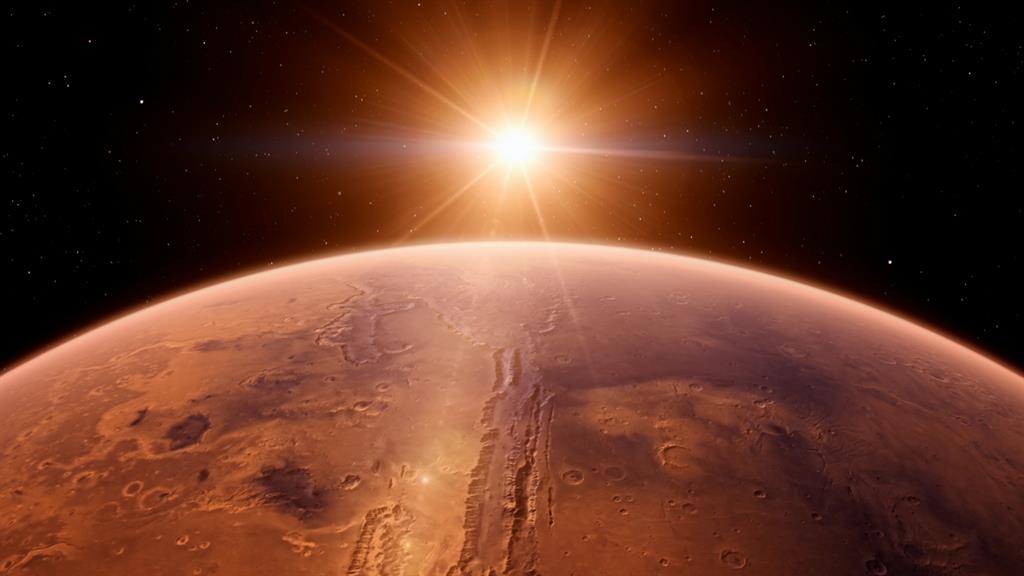- Chemical analyses returned by the Pathfinder indicate that some rocks may be high in silica, implying different parent materials. Rounded pebbles and cobbles and a possible conglomerate suggest fluvial processes that imply liquid water in conjunction with the atmosphere and thus a warmer and wetter past.
- Radio tracking of the Mars Pathfinder provided an exact measure of the lander's location and Mars' pole of rotation. The measurements suggests that the radius of the planet's central metallic core is greater than 800 miles, but less than 1,250 miles.
- Airborne dust is magnetic, and its characteristics suggest that the magnetic mineral is maghemite, (a very magnetic form of iron oxide) which may have been freeze dried on the particles as a stain or cement. Which suggests that an active water cycle in the past may have leached out the iron from materials in the crust
-Dust devils were seen and frequently measured by temperature, wind, and pressure sensors. Observations suggest that these gusts are a mechanism for mixing dust into the atmosphere.
-Early morning water ice clouds were seen in the lower atmosphere.
-Abrupt temperature fluctuations were recorded in the morning, which suggest that the atmosphere is warmed by the planet's surface and heat convected upward in small eddies.
